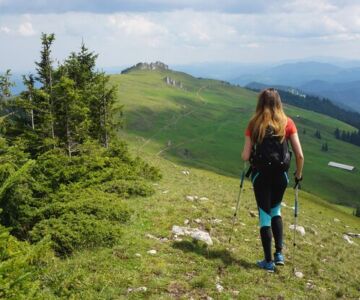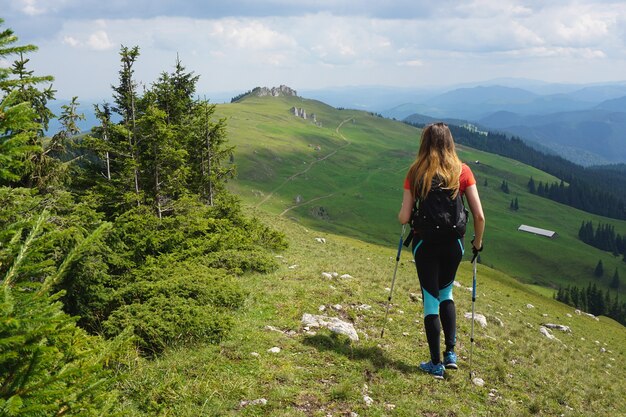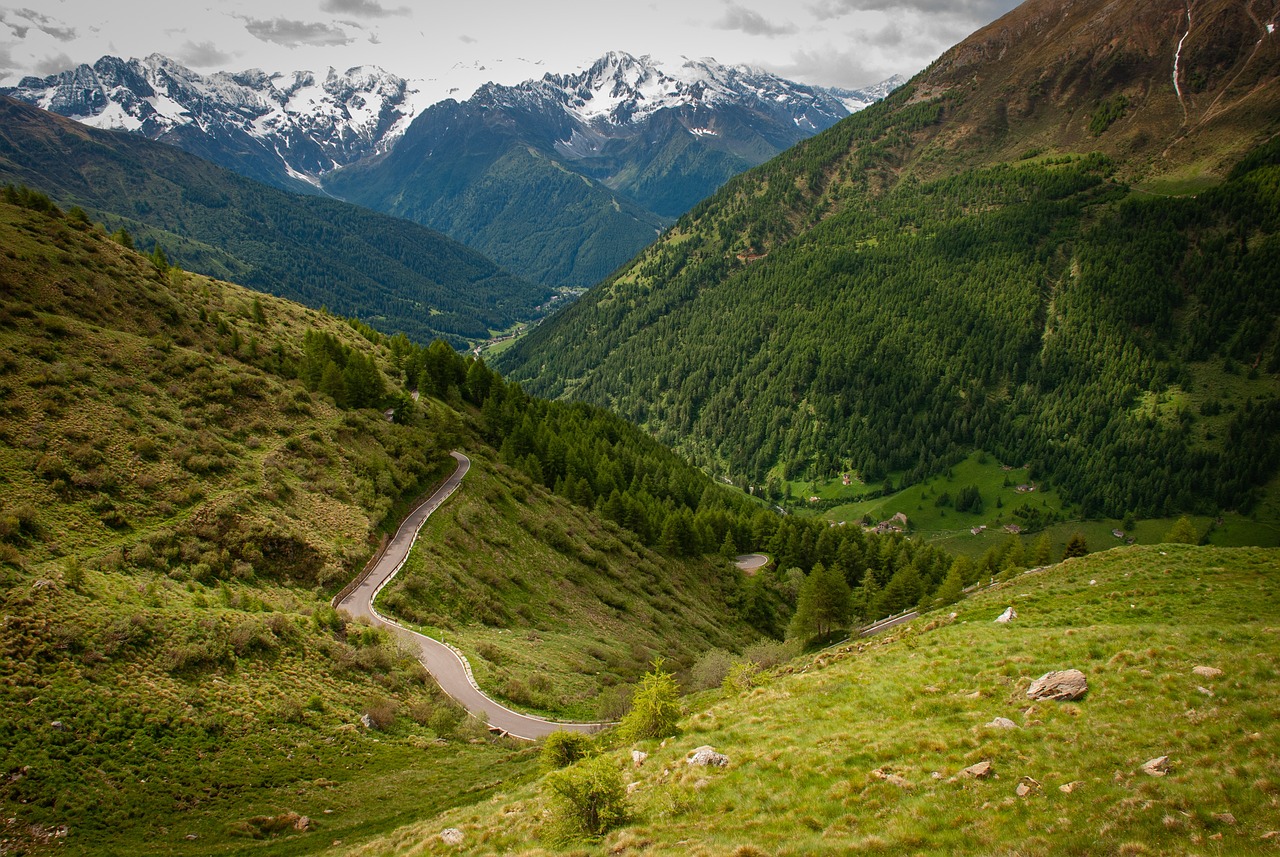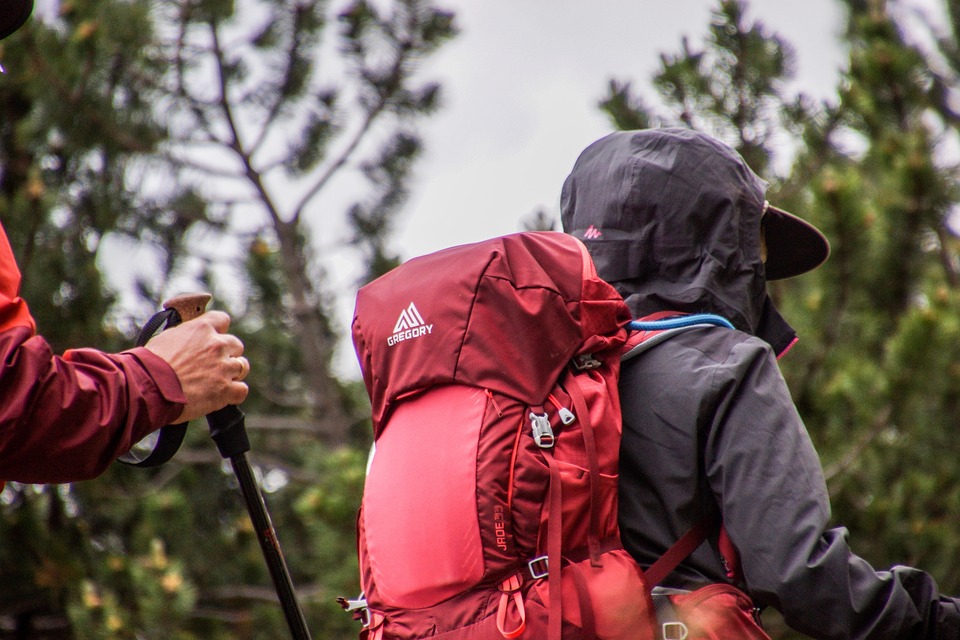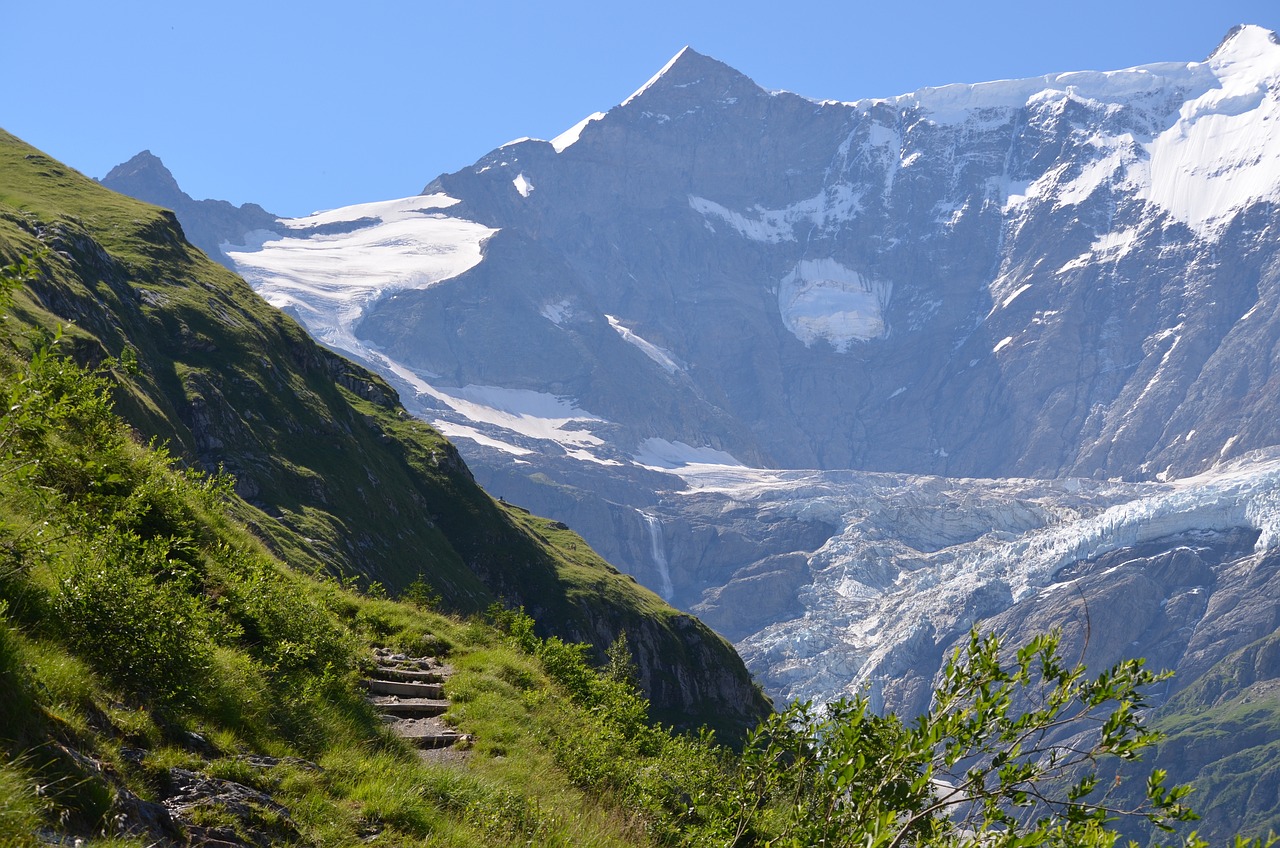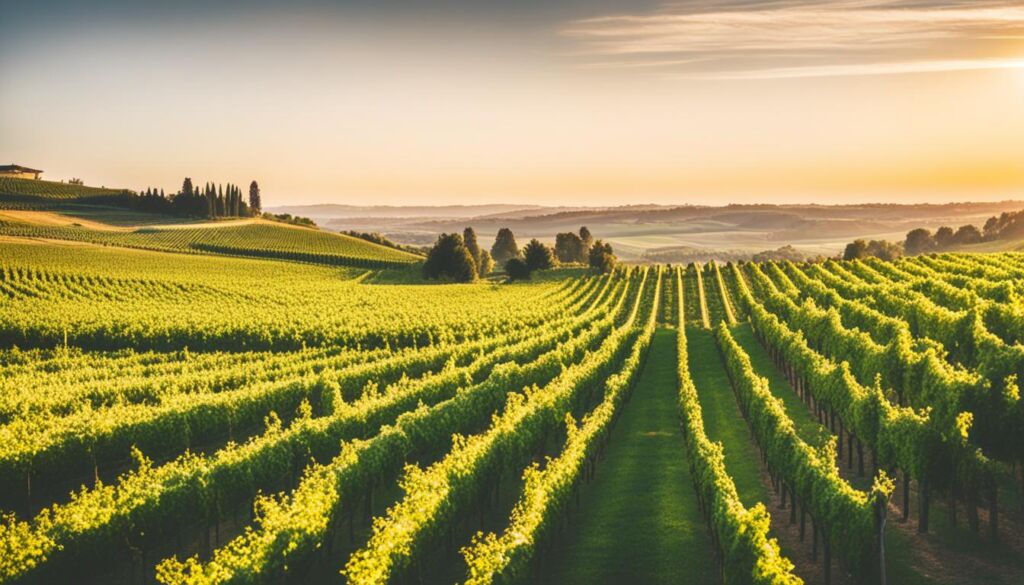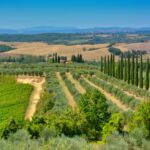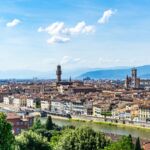Ever wondered what it feels like to walk through halls filled with centuries of spiritual devotion and art? In the heart of Rome lies Vatican City, a place unlike any other. It’s not just a visit for its religious importance. Millions come each year, drawn by something deeper than duty. Could it be the mix of divine peace and stunning art?
For those starting a Rome pilgrimage, Vatican City is more than a place. It’s an experience that combines faith and culture. Over 80% of Catholic pilgrims attend a Papal Audience, showing the strong faith here. To really understand Rome’s spiritual side, explore the Vatican Museums, Saint Peter’s Basilica, and the Vatican Gardens.
Remember, respect and planning are key when visiting this spiritual place. Dressing modestly shows respect, and booking tickets early saves time. The Vatican stands out for its peaceful yet cultural vibe. It’s not just a tourist spot; it’s a journey into faith and beauty. Visiting here is a must for anyone seeking Rome’s spiritual heart.
Embarking on a Spiritual Journey through Vatican City
Visiting the Vatican is a life-changing experience. It combines spiritual growth with the beauty of history. At the center of a Rome pilgrimage, the Vatican is the top spiritual spot in Vatican City. It touches the hearts of millions every year.
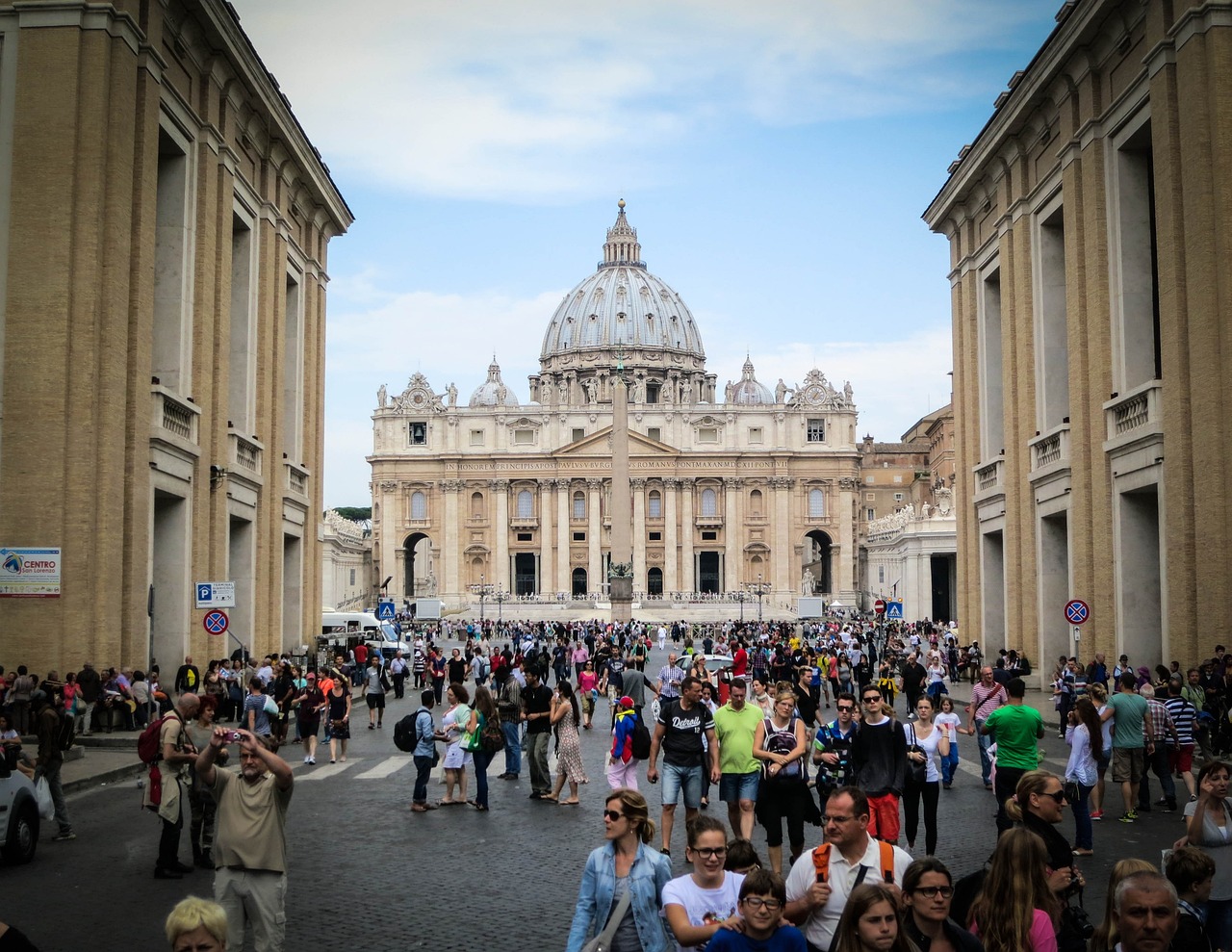
Starting your journey to the Vatican means getting ready. This includes things like confession and going to Mass in historic churches. These actions connect you with deep Christian traditions. Every year, 21 special pilgrimage plans are made, with 19% focused on Italy and the Vatican.
On this journey, you think about what you want to get from it. You might walk in the Vatican Gardens, look at religious art, or pray in St. Peter’s Basilica. Each activity helps you find spiritual clarity. About 62% of European pilgrimages include visits to important religious sites.
For a great trip, you need some tips. Bring water, dress right for holy places, and know some Italian words. Also, consider special tours and guides to make your trip better.
A trip to Vatican City is about deep faith and seeing amazing history and art. It’s a journey that mixes spiritual growth with the beauty of this sacred place.
The Vatican Experience: Uncovering the Heart of Catholicism

Exploring Vatican City offers deep spiritual experiences at the heart of Christianity. St. Peter’s Basilica is a key spot, known for stunning architecture and deep religious meaning. It has 284 columns and 140 white marble statues of saints, making it a place for prayer and thought.
The square around the basilica is also special, with an ancient obelisk and fountains. It’s where people gather, showing the blend of history and faith.
Visiting the Vatican is more than just looking around; it’s a dive into Catholic tradition. The Vatican Museums take you on a journey through time, from ancient statues to Renaissance tapestries. These artworks show the Church’s history and culture.

Many say the Pope’s weekly audience is the highlight of their visit. It shows the Church’s global nature and the unity of its followers. New rules for understanding supernatural events will start in May 2024, showing the Church’s effort to blend faith with today’s world.
Visiting the Vatican is a rich experience. You can feel the solemn beauty of the basilicas, the peace of the Vatican Gardens, or the joy of a papal audience. Each moment adds to a deeper faith journey that stays with pilgrims long after they leave.
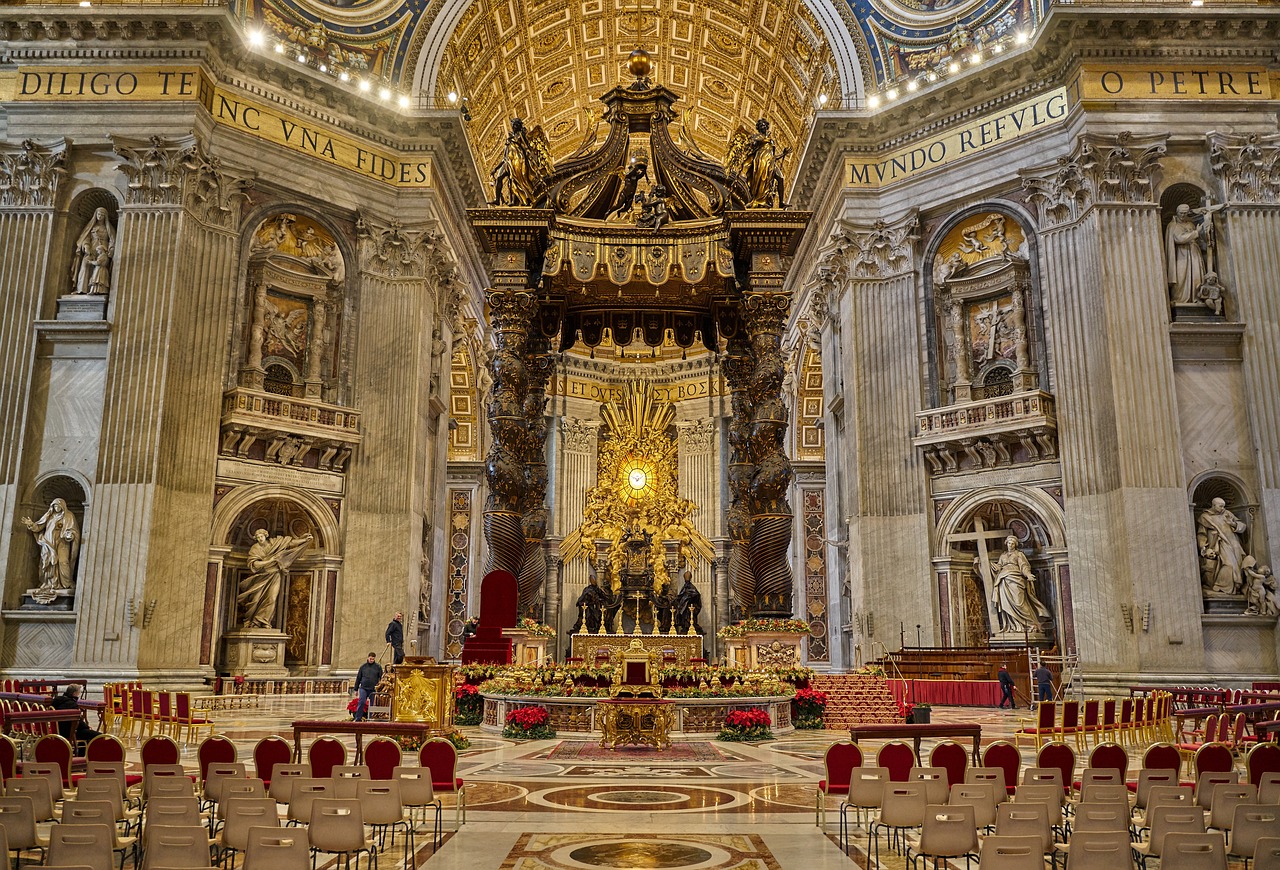
Every step and prayer in Vatican City takes you closer to the heart of Catholicism. It’s a journey of spiritual discovery and renewal.
Masterpieces of the Vatican Museums and Sistine Chapel
The Vatican Museums hold an amazing collection, from ancient sculptures to the Sistine Chapel’s frescoes. Visitors often miss the hidden chapels Vatican without a guide. Booking tickets online is a great Vatican travel tip to avoid long waits.

The Raphael Rooms show off Renaissance art. The Gallery of Maps turns maps into art. You’ll see history and beauty that lasts for centuries. Traveling luxuriously to these places matches the beauty inside.
Many visitors love the ‘Skip the Line: Vatican Museums and Sistine Chapel Tour + St. Peter’s Basilica Access’. It’s a 2.5-hour tour with 3238 reviews. Tours like LivTours’ Vatican & Sistine Chapel Highlights are also popular for their focus on sustainability and fun learning.
Visiting the Vatican means seeing ancient sculptures and discovering hidden chapels Vatican. Everyone leaves with new insights, whether it’s about art, history, or spirituality. Remember to book ahead, dress modestly, and be open to learning at this sacred place.
Finding Solace in Vatican Gardens and Hidden Chapels
Inside Vatican City, there’s a peaceful spot called the Vatican Gardens. It’s a quiet place away from the busy Vatican Museums. The Museums are filled with art and history, taking four years to see everything if you look at each piece for just one minute. The Gardens offer a peaceful escape.
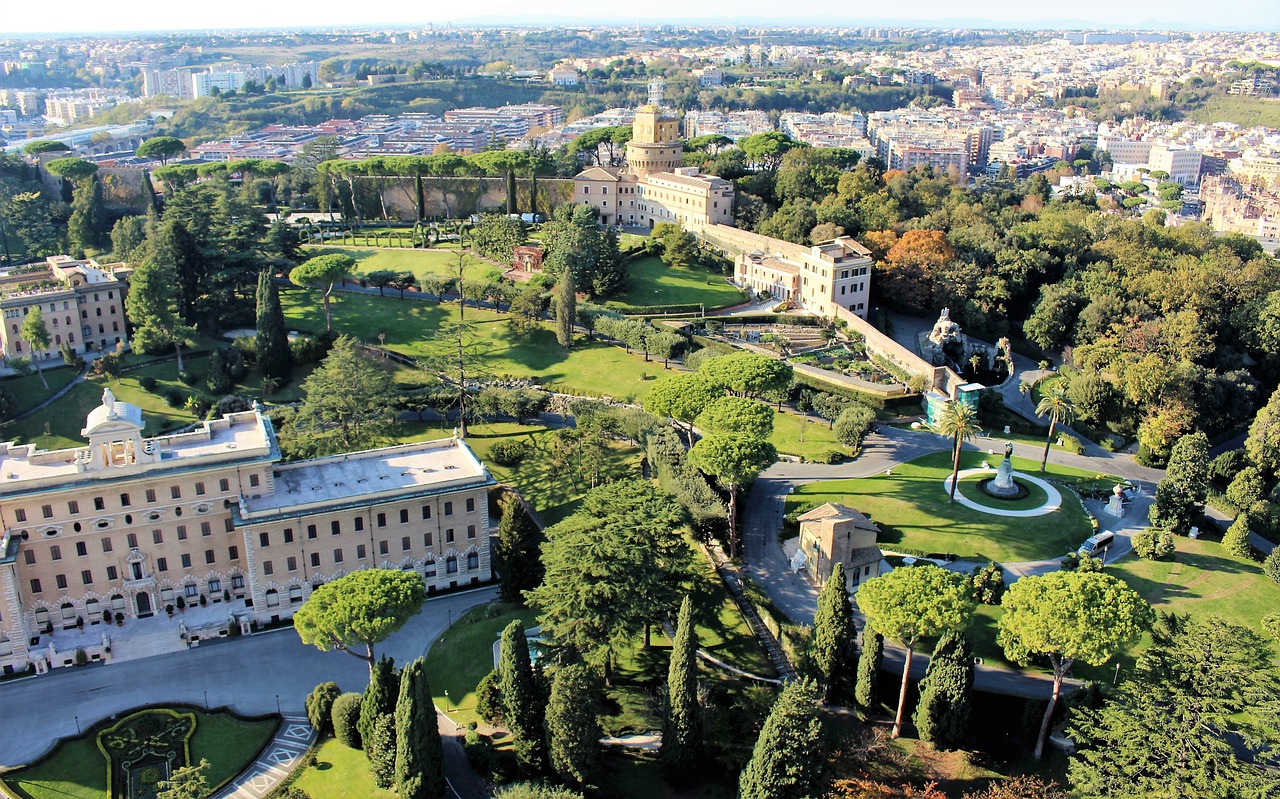
They have over a hundred fountains and plants from places like the Himalayas and Australia. The Gardens show a mix of Italian, French, and English garden styles. It’s like a living art gallery, created by Pope Nicholas III in the 13th century.
If you want a spiritual experience in Rome, wear good walking shoes for the Gardens. You’ll find history and nature together. You might see a medieval medicinal garden or Leo XIII’s favorite gazelles.
With over 19,000 visitors every day, getting into these quiet spots is special. It’s away from the crowds at St. Peter’s Basilica or the Sistine Chapel, where photos aren’t allowed.
The hidden chapels and beautiful landscapes in the Gardens help you feel closer to the divine. They are key to the Vatican’s spirit. You don’t have to pay or follow a guide to feel the peace here. At night, you can even take a tour of the Museums under the stars.
This experience turns a simple visit into a spiritual journey in Rome. It’s a story of finding peace and beauty in the heart of the city.



